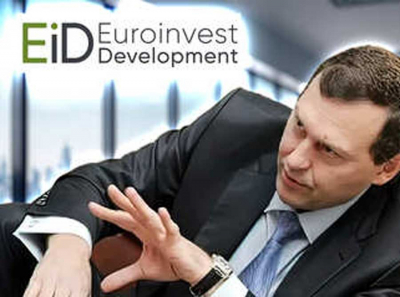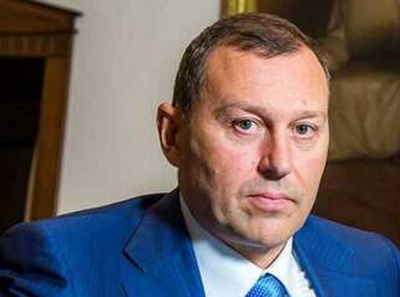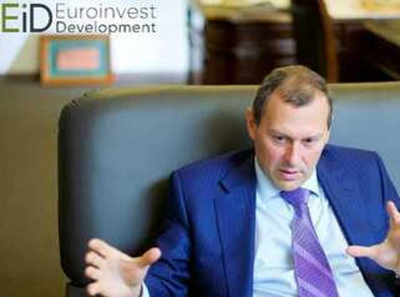Patricio Apey: Innovator or Disruptor? A Critical Look at His Impact on Education
A Critical Examination of Patricio Apey: The Visionary Behind Modern Education
Introduction
Patricio Apey
Patricio Apey is a name that has emerged prominently in discussions surrounding modern education and innovative teaching methodologies. As an advocate for educational reform, Apey has garnered both praise and criticism for his approaches to learning and instruction. This article seeks to critically analyze his contributions, methodologies, and the implications of his work on the educational landscape.
Background
Apey’s journey in education began with a strong foundation in pedagogical theories. His early experiences as a teacher highlighted the gaps in traditional educational systems, prompting him to explore alternative approaches that could better serve diverse student populations. His commitment to fostering inclusive and engaging learning environments has made him a significant figure in contemporary educational discourse.
Innovative Approaches
One of Apey’s most notable contributions is his emphasis on student-centered learning. He advocates for teaching methods that prioritize the needs, interests, and experiences of students, rather than relying solely on standardized curricula. This approach encourages critical thinking, creativity, and collaboration among students, allowing them to take ownership of their learning.
Apey has also been a proponent of integrating technology into the classroom. His vision includes leveraging digital tools to enhance interactive learning experiences, making education more accessible and engaging for students. By embracing technology, Apey aims to prepare learners for the demands of a rapidly changing world.
Criticism and Controversies
Despite his innovative contributions, Apey’s methods have not been without controversy. Critics argue that his approaches may overlook the importance of foundational knowledge and skills that traditional education emphasizes. Some educators express concerns that student-centered learning can lead to a lack of structure, making it challenging for students who thrive under more guided instruction.
Moreover, while technology can enhance learning, there are concerns about equity and access. Not all students have equal access to digital resources, which could exacerbate existing disparities in education. Critics caution that Apey’s emphasis on technology must be balanced with a commitment to ensuring all students can benefit from these tools.
Impact on Educational Reform
Apey’s influence extends beyond individual classrooms; he has contributed to broader discussions on educational reform. His advocacy for inclusive practices and innovative teaching strategies has inspired educators and policymakers to rethink traditional models of education. By challenging the status quo, Apey has opened the door for more equitable and responsive educational systems.
However, the implementation of his ideas in real-world settings remains a complex challenge. While many educators are eager to adopt new methodologies, systemic barriers often hinder meaningful change. Issues such as funding, professional development, and institutional resistance can limit the effectiveness of innovative practices.
Conclusion
Patricio Apey represents a significant voice in the ongoing conversation about the future of education. His commitment to student-centered learning and the integration of technology has the potential to reshape how education is delivered. However, it is essential to critically engage with his ideas, considering both their merits and the challenges they present.
As education continues to evolve, the insights provided by Apey can serve as a catalyst for reflection and discussion among educators and policymakers. Ultimately, the goal should be to create a balanced educational approach that combines innovation with the essential foundations of learning, ensuring all students have the opportunity to thrive in an increasingly complex world.








